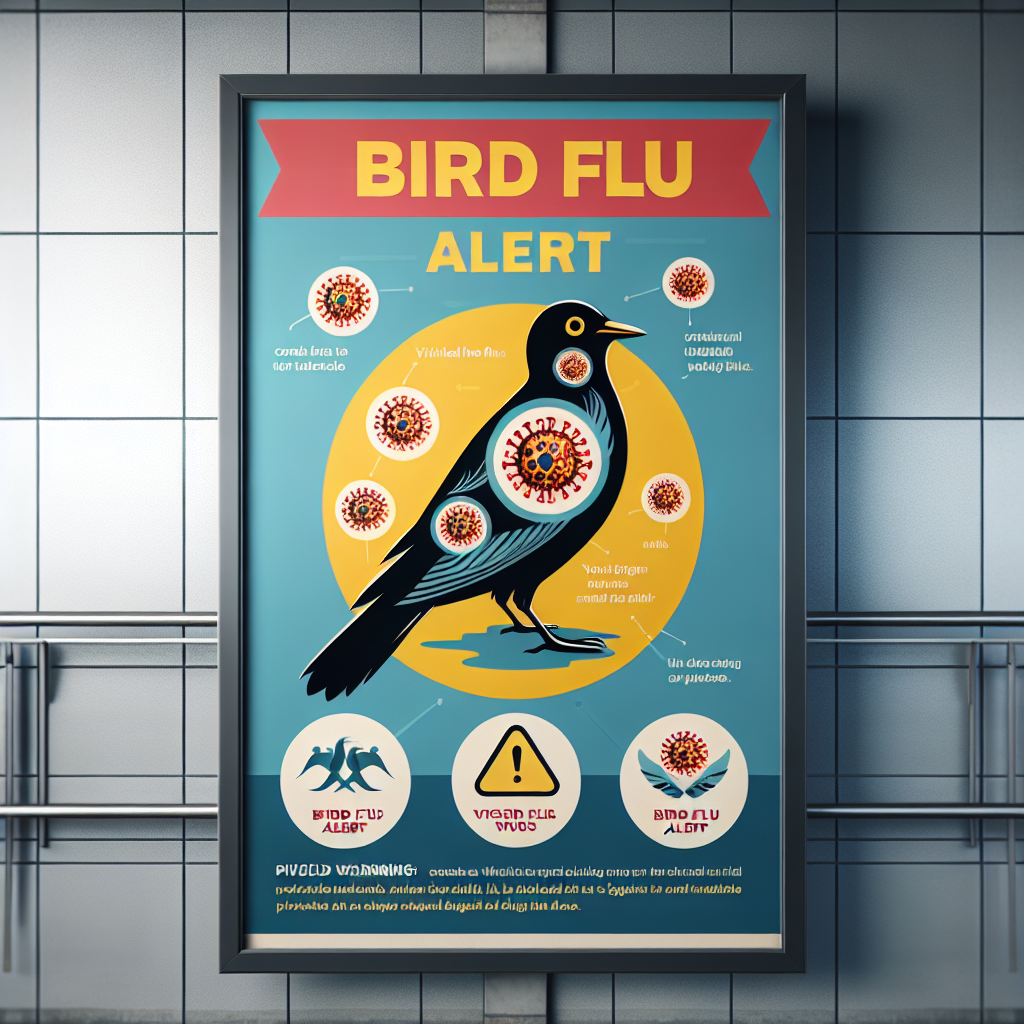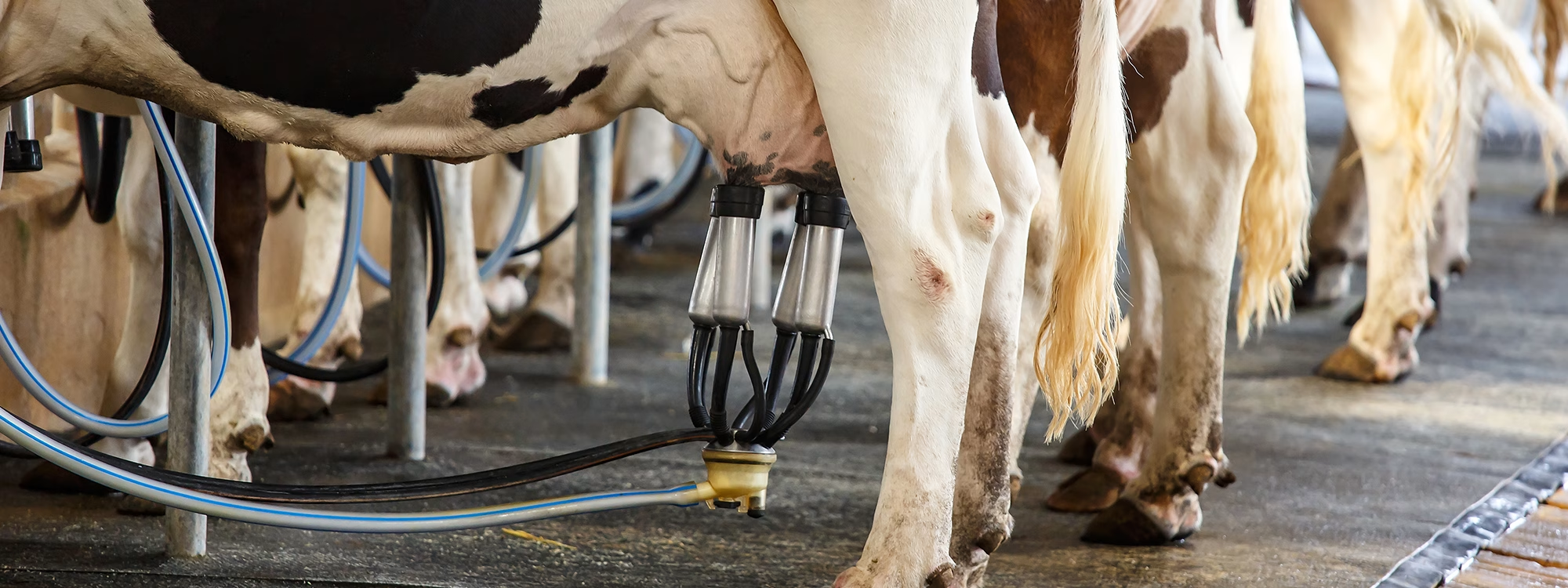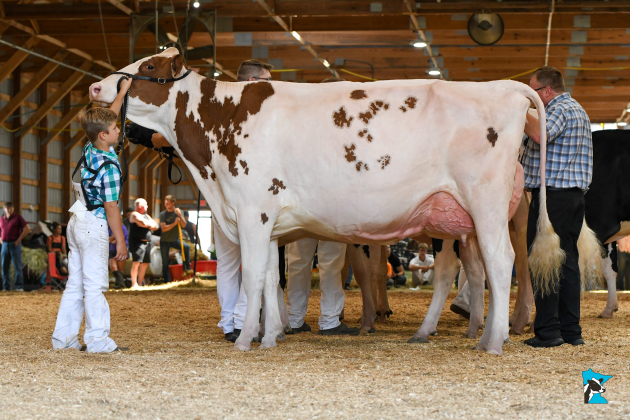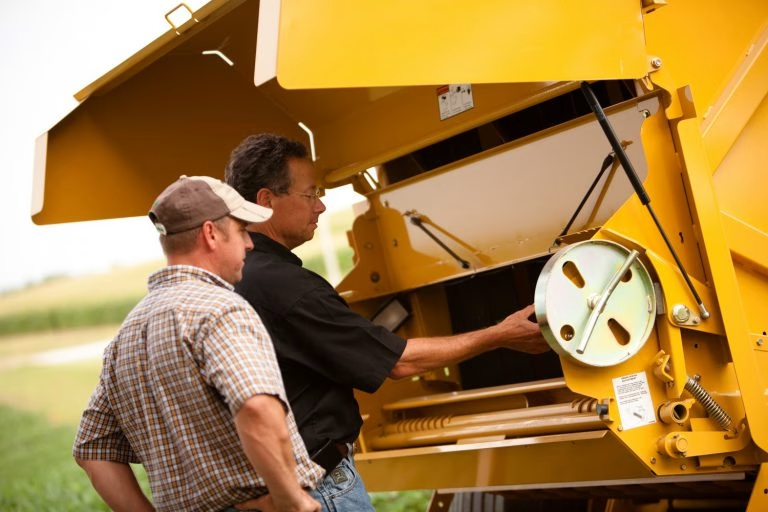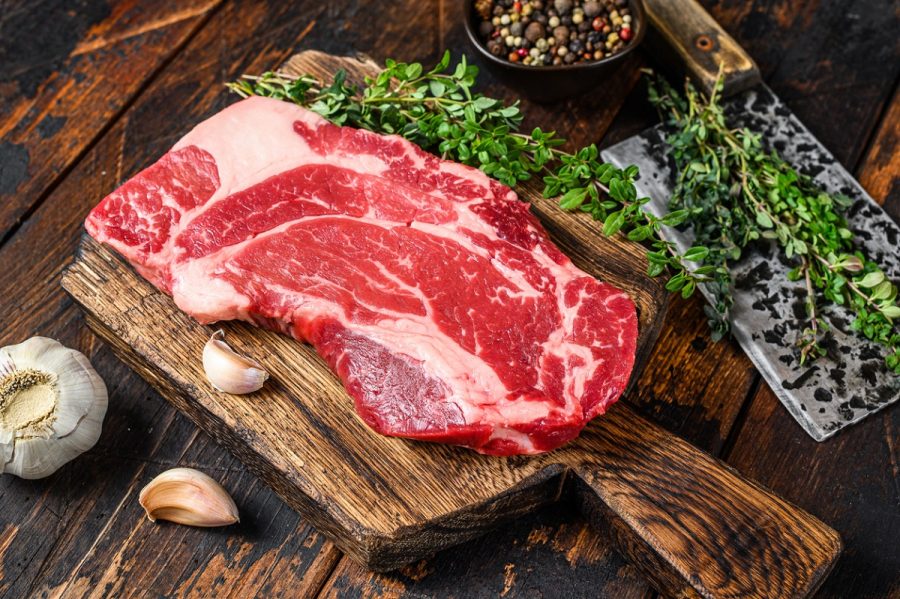Discover why alcohol, marijuana, and weed killer are legal, but raw milk isn’t. Uncover the surprising reasons behind these regulations and what they mean for you.
In a world where alcohol, marijuana, and even chemical weed killers like Roundup are legal, it seems paradoxical that raw milk remains restricted in many areas. Given raw milk is a natural product traditionally utilized for its alleged health advantages, this circumstance raises issues concerning laws on food and drugs. Raw milk has not been pasteurized—cooked to destroy dangerous microorganisms. Proponents contend that uncooked form preserves vital nutrients and enzymes lost by pasteurization. If I can choose to consume alcohol or marijuana, why can’t I have the freedom to drink raw milk, a product as ancient as agriculture itself?
Historical Context: A Complex Tapestry of Social, Economic, and Political Influences
Understanding the historical context of alcohol, marijuana, and weed killer legalization unveils a complex interplay of social, political, and economic factors that have shaped their distinct legal positions. This historical perspective provides a deeper understanding of the current regulatory landscape.
Alcohol: American alcohol control is firmly anchored in changing society and cultural standards. Early 20th-century temperance campaigns aimed at lowering alcohol use in response to moral and social issues resulted in the 18th Amendment in 1919 and the Prohibition period. But black market expansion and the ineffectiveness of Prohibition drove its repeal with the 21st Amendment in 1933. Key roles in this turnaround were economic considerations, particularly the need for tax income during the Great Depression and shifting public opinions.
Marijuana: The legal path of marijuana has been one of excellent control and slow adoption. Driven by racial biases and financial interests, first criminalized by the Marihuana Tax Act of 1937, it was under further limitation in the Controlled Substances Act of 1970. Public and medical support for legalization, however, developed, and California’s Compassionate Use Act of 1996 authorized medicinal marijuana. Together with changing societal views and acceptance of medicinal advantages, economic possibilities via taxes and regulation drove more general legalization, best seen by Colorado and Washington’s 2012 recreational marijuana legislation.
Weed Killers (Roundup): The legal status of Roundup and other weedkillers is linked to corporate power and agricultural progress. Introduced by Monsanto in the 1970s, glyphosate-based herbicides promised higher agricultural output. Legislation like the Federal Insecticide, Fungicide, and Rodenticide Act (FIFRA) and the trust in scientific discovery and industrial development of this period helped to approve and use them. However, growing knowledge of health and environmental hazards has lately resulted in significant lawsuits and government investigations.
Navigating the Labyrinth of Health Risks: Alcohol, Marijuana, and Herbicides vs. Raw Milk
Regarding alcohol, marijuana, and herbicides like Roundup, health and safety issues are serious. Well-documented to cause liver disease, heart issues, and malignancies is alcohol use. Its effects on impairment make it also a significant factor causing accidents and mortality. Likewise, even if it is becoming more and more legal, marijuana brings hazards like anxiety, sadness, psychosis, and respiratory issues, particularly in susceptible individuals. Roundup and other herbicides based on glyphosate have also spurred safety concerns. Though the International Agency for Research on Cancer rated glyphosate as “probably carcinogenic,” the agriculture sector promotes its efficiency. On the other hand, the EPA argues that, with proper usage, it is safe and generates contradicting stories.
Many people see raw milk as pathogen-inducing, running the risk of E. coli, Salmonella, and Listeria infection. Under public health regulations and past outbreaks as their reference, regulatory authorities tightly restrict or prohibit raw milk sales. Modern hygienic agricultural methods, proponents counter, may reduce these hazards and highlight the nutritious value lost during pasteurization. The legal posture on these drugs reflects, rather faithfully, scientific data and expected social advantages. Notwithstanding their dangers, alcohol and marijuana remain permitted because of their effects on society and the economy. Because of conflicting scientific views and agricultural pressure, herbicides like Roundup remain contentious. The legal position of raw milk, derived from previous health issues, calls for review, given current studies.
The Regulatory Dichotomy: Alcohol, Marijuana, Weed Killers, and the Rigorous Stance on Raw Milk
The legal systems controlling alcohol, marijuana, and weed killer mirror their particular histories and social consequences. Enforced by the Alcohol and Tobacco Tax and Trade Bureau (TTB) and state legislation, alcohol regulation in the United States is at the federal, state, and municipal levels, encompassing everything from manufacturing to sales and use. Classed as a Schedule I drug under the Controlled Substances Act, marijuana is still prohibited at the federal level, notwithstanding state legalizations. The agency supervises its control, particularly for each state, leading to complicated compliance environments. Under the Federal Insecticide, Fungicide, and Rodenticide Act (FIFRA), the Environmental Protection Agency (EPA) controls weed killers. The EPA examines their safety through taxes and levies, sets policies, and guarantees compliance, supporting regulatory budgets.
By contrast, raw milk is subject to severe limitations. Public health concerns regarding infections like Salmonella, E. coli, and Listeria drive the near-total restriction on interstate sales of raw dairy enforced by the U.S. Food and Drug Administration (FDA). Raw milk is subject to strong regulations, unlike alcohol, marijuana, and pesticides; the FDA mandates pasteurization and imposes prohibitions, limiting its availability to intrastate trade. Given the more acceptable attitudes to other drugs, this begs problems regarding proportionality and consumer liberties.
Economic Powerhouses and Policy Influence: Alcohol, Cannabis, Herbicides vs. Raw Milk
There are significant commercial interests and lobbying behind the legalization of pesticides, marijuana, and alcohol as well. Supported by decades of social acceptability and cultural habits, the alcohol business has significant political and financial power; it generates billions in income and significantly affects federal and state taxation. Particularly in places with legalization, the marijuana business has developed into a robust economic engine generating tax income and employment creation. Likewise, the herbicide industry, driven by agricultural behemoths like Monsanto (now Bayer), uses substantial lobbying muscle to preserve favorable regulatory regimes, guaranteeing broad usage of chemicals like Roundup.
Taxes on marijuana and alcohol provide vital income sources for public services. Herbicides’ profitability drives ongoing lobbying campaigns to maintain market leadership. Usually, the cycle of economic gains dominates any health hazards.
By comparison, the economic scale of raw milk production and delivery is far smaller. Small-scale dairy farmers supporting raw milk legalization lack the political power and financial might of alcohol, marijuana, and agrochemical corporations. The niche raw milk market serves customers who are more concerned with traditional methods and health advantages than with significant profits. Raw milk needs strict legal restrictions restricting its availability and expansion without significant economic incentives or strong campaigning organizations.
This discrepancy draws attention to a more general problem in the regulatory system, wherein commercial interests often dictate the legal status of drugs and goods. We have to consider health results and financial reality if we are to build a more fair and balanced system that guarantees smaller businesses like raw milk manufacturers are not unjustly excluded.
Public Perception and Advocacy: The Crucial Role in the Legalization Debate Surrounding Raw Milk
Like with alcohol, marijuana, and pesticides, public opinion and lobbying campaigns are crucial in the legalization discussion over raw milk. Raw milk proponents point out its natural advantages, nutritional worth, and customer choice; they contend that processing destroys helpful bacteria and enzymes. Advocates of the freedom to eat unpasteurized milk, such as groups like the Weston A. Price Foundation, argue that people should be allowed to make wise dietary decisions.
Opponents, on the other hand, draw attention to health hazards, including foodborne diseases. Public health officials like the FDA and the CDC highlight risks from bacteria, including Salmonella, E. coli, and Listeria. They support strict laws which outright forbid or severely limit raw milk sales in many places.
Public opinion has similarly influenced the legal position on marijuana and alcohol. Though its failure resulted in alcohol’s re-legalization, the temperance movement produced Prohibition. Today, advocacy organizations still shape alcohol laws. From stigma and Prohibition to slow acceptance, marijuana’s path shows ongoing lobbying by organizations like the Marijuana Policy Project and NORML, stressing therapeutic advantages, lesser dangers compared to alcohol, and financial rewards. Many states have legalized increasing public support results.
Steady usage of herbicides like Roundup results from strong support from companies like Monsanto (now Bayer) and the agriculture industry. In many places, regulatory permission stays intact despite questions about health hazards.
The legal environments of alcohol, marijuana, and pesticides mirror complicated relationships among public opinion, advocacy, and control. Likewise, changing society standards, public knowledge, and the impact of supporters and detractors in the argument over food freedom and safety might determine whether or not raw milk legislation survives.
International Comparisons: Raw Milk Regulation in France, Australia, and the United States
Think of France, where raw milk is allowed and a mainstay of cooking customs. Strict hygienic rules and periodic, random testing enforced by French laws guarantee consumer safety. According to the 2019 European Food Safety Authority study, strong regulations help France report fewer milk-borne diseases even if raw milk consumption is high.
By contrast, raw milk sales for human consumption are illegal in Australia but exist in an underground industry. A 2020 Australian Institute of Food Safety research claims that this lack of control increases the likelihood of E. coli and salmonella outbreaks as different safety procedures result in various degrees of contamination.
Raw milk sales are authorized under tight regulations in several U.S. jurisdictions, notably California, where proper labeling and rigorous pathogen testing are required. Thanks to strict safety standards, controlled raw milk has outbreak rates similar to pasteurized milk, according to a California Department of Public Health research. States openly prohibiting raw milk may deal with illicit markets with uncontrolled goods and increased health hazards.
These analogs highlight a crucial realization: authorized and controlled raw milk guarantees better public health results than complete prohibitions. Public safety and consumer freedom depend on a well-balanced strategy combining access with exacting control.
The Bottom Line
The confusing fact that alcohol, marijuana, and herbicides like Roundup are lawfully accessible, yet raw milk is still strictly controlled highlights disparities in health and safety rules. We have examined the political, financial, and historical factors influencing these rules, evaluated the health hazards, and studied the uneven regulatory environment. Variations abound in economic interests, public opinion, and foreign policies. This paradox—legal status for drugs with obvious health hazards against the rigorous control of raw milk—helps to clarify the complicated interaction among public health, commercial interests, and laws. The Michigan approach offers a possible road toward sensible control. Stakeholders must participate in intelligent, fact-based conversations as we negotiate these challenges. Policies that honor consumer sovereignty while guaranteeing safety will determine our future. Advocating consistent, evidence-based rules that respect safety issues and human rights, it is time for a sophisticated regulatory strategy that harmonizes health protection with personal freedom.
Key Takeaways:
- Contradictory Legal Landscape: Alcohol, marijuana, and chemical weed killers are widely permitted, yet raw milk faces severe restrictions.
- Health Risk Perceptions: Despite known health risks associated with alcohol and marijuana, these substances remain legal, while raw milk’s purported risks fuel its prohibition.
- Regulatory Practices: The rigorous regulatory framework for raw milk stands in stark contrast to the more lenient approaches applied to other substances like alcohol and cannabis.
- Economic and Political Influence: The substantial economic clout and lobbying power of alcohol, cannabis, and herbicide industries play a pivotal role in shaping policy decisions, unlike the raw milk sector.
- Public Perception Shifts: Consumer perceptions and advocacy efforts significantly impact the legalization debate, underscoring the evolving zeitgeist surrounding raw milk consumption.
- Global Perspectives: A comparative look at raw milk regulation in different countries such as France and Australia provides a broader understanding of how the United States positions itself in this discourse.
- Conclusion: The disparity in legal treatment raises questions about consistency and the real motivations behind regulatory choices, prompting a reexamination of policies governing raw milk.
Summary:
Raw milk, a natural product known for its health benefits, is restricted in many areas due to its historical context. Alcohol, marijuana, and weed killers like Roundup are legal due to changing societal and cultural standards, economic considerations, and public opinions. The legal path of marijuana has been slow, driven by racial biases and financial interests. However, public and medical support for legalization developed, and California’s Compassionate Use Act of 1996 authorized medicinal marijuana. Weed Killers (Roundup) are linked to corporate power and agricultural progress, introduced by Monsanto in the 1970s. Legislation like the Federal Insecticide, Fungicide, and Rodenticide Act (FIFRA) and trust in scientific discovery and industrial development helped approve and use them. Health and safety issues are serious regarding alcohol, marijuana, and herbicides like Roundup. Alcohol use is well-documented to cause liver disease, heart issues, and malignancies, while marijuana brings hazards like anxiety, sadness, psychosis, and respiratory issues. The International Agency for Research on Cancer rated glyphosate as “probably carcinogenic,” while the agriculture sector promotes its efficiency. Raw milk is often seen as pathogen-inducing, and regulatory authorities tightly restrict or prohibit sales under public health regulations and past outbreaks.
Learn more:









